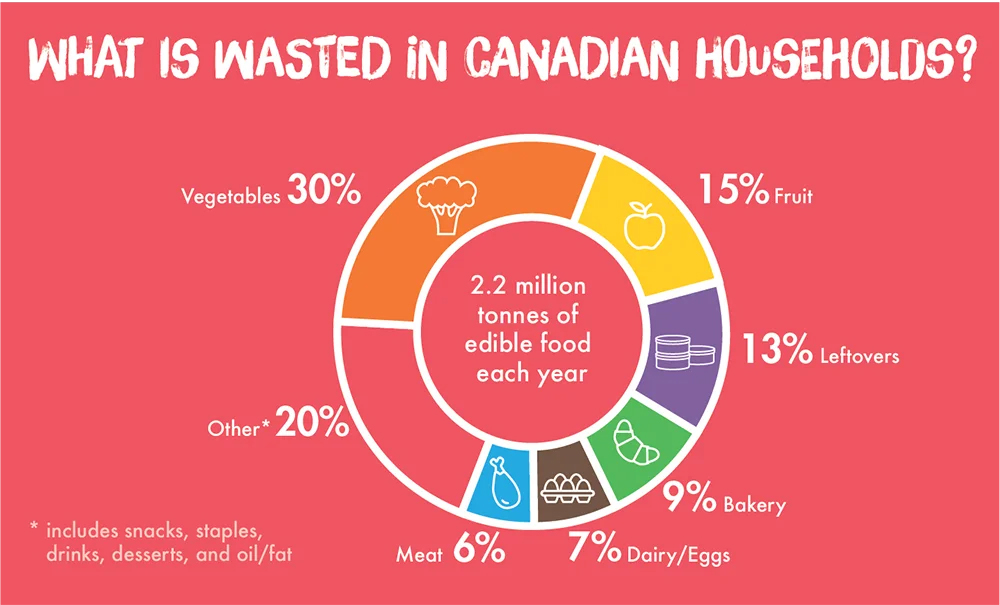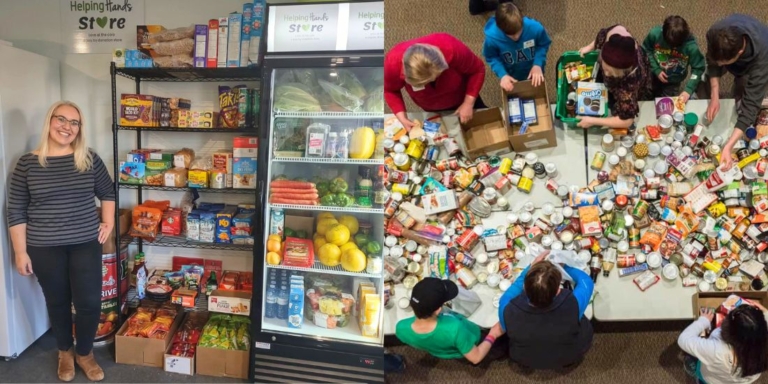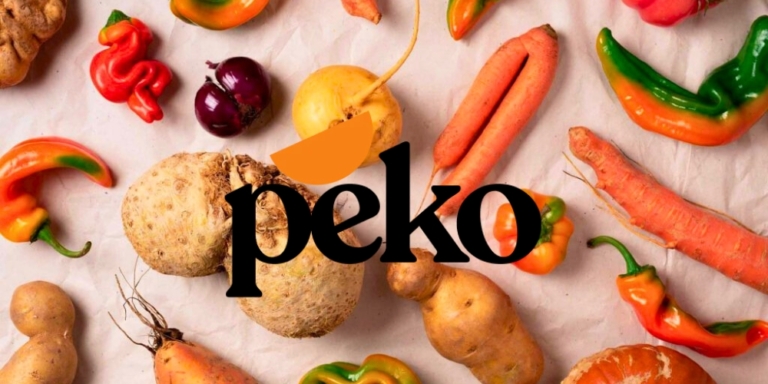This spring in Alberta, a group of cattle ranchers has launched a campaign to confront the critical issue of food waste.
While we often lament the soaring prices of groceries, a significant portion of our produce never reaches grocery shelves, and what does often ends up discarded.
In fact, over half of the food produced in Canada goes to waste, a cost that ultimately falls on consumers.
To help combat food waste, the group Second Harvest diverts consumable fruits and vegetables to thousands of charities and non-profit organizations, broadening access to healthy food.
Yet, not all surplus food can be repurposed for human consumption.
The Calgary-based Canadian Cattle Association (CCA) has devised a novel approach for those leftovers, offering a sustainable solution to manage the remaining food waste.


Dragon Fruit Fed Cattle?
The CCA has spearheaded an initiative highlighted in a documentary titled “Reduce, Reuse, Ruminate.”
To reduce food waste, cattle ranchers have been feeding grocery produce that is perfectly good but looks odd due to bumps, bruises, or other imperfections to their cattle instead of letting the fruits and veggies end up in landfills.


“I never would have thought that I would see a cow eating dragon fruit,” CCA’s member Bob Lowe says in the documentary.
“But I’ve seen it.”
The short documentary focuses on how, with little effort, the cattle industry can contribute to creating a more sustainable future.
Beef production tends to get a bad environmental rep due to the methane it produces, but that methane only accounts for about three percent of Canada’s overall emissions.
However, emissions from municipal landfills are our second largest source of methane, right after fossil fuels.
By keeping waste out of landfills and feeding cattle instead, we’re “upcycling” one food into another and stopping the would-be garbage from producing even more methane.
The cows aren’t just eating exotic fruits, either.
The farmers are careful to work with nutritionists to ensure their animals’ health, but cows actually have pretty diverse palates, and their four stomachs mean they can process a variety of vegetative material.
For example, leftover grain mash from breweries is a favourite of cattle, as are french fries (unfried, of course!)
Hey, we can relate, beer and fries – what’s not to like!


In terms of fresh produce, all sorts of veggies and fruits can get mushed up and munched with no problem by hungry livestock.
“Our beef farmers and ranchers take the nutrition, health and welfare of their cattle to heart,” said Amie Peck, the film’s producer, who is also part of the Canadian Cattle Association to Dine Magazine.
The cows thrive on a lot more flavour and diverse vitamins than they’d get from regular cattle feed, so the cows are happy, and we benefit because they eat through our waste problem.
Through this initiative and other innovative methods, Peck seeds a future in which Canada’s agriculture is zero-waste. – every bit of food produced gets used, one way or another.


As the CCA prepares for Stop Food Waste Day on April 24, it’s using the momentum of fruit—and veggie-eating cattle to engage with a broader audience with its film.
“We have been able to meet amazing people transforming food waste as a sustainability solution in nearly every province,” she says.
The initiative is about reducing waste and rethinking our food production and consumption habits to prevent overproduction and excess.
The cattle industry is just one part of the system, but reducing waste one sector at a time is a good start.
It’s a call to action for everyone involved in food production and consumption to consider more out-of-the-box sustainable practices.
The release date of “Reduce, Reuse, Ruminate.” is April 24.
It will be available for free on YouTube, TikTok, and Facebook.
The trailer is below.






